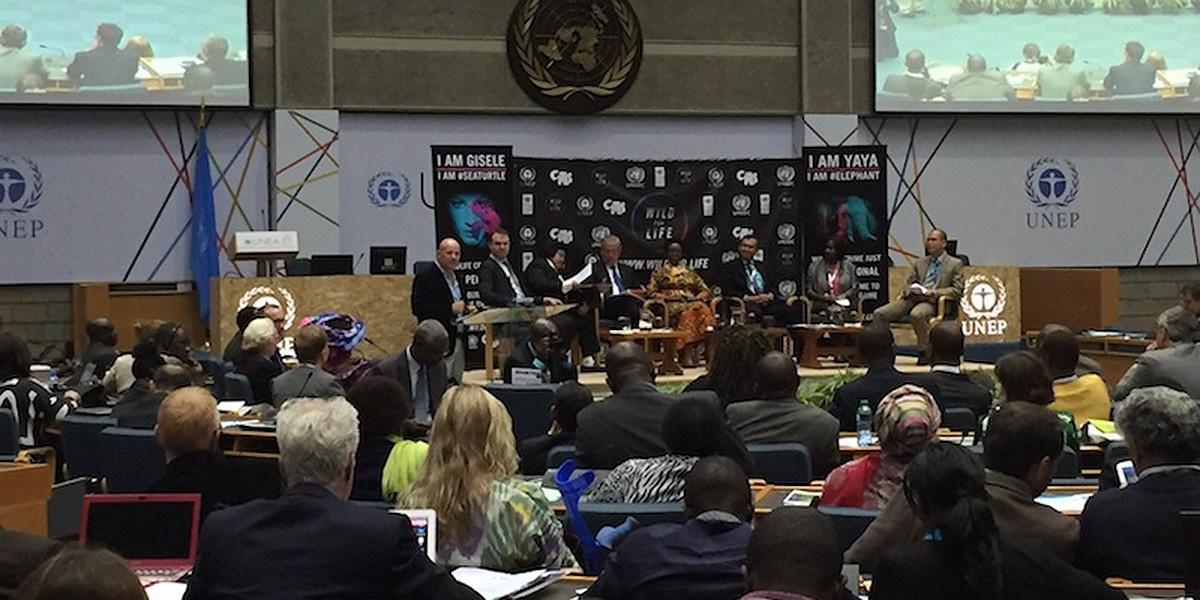Achieving The 2030 Agenda: Making Much Needed Linkages Between Environment And Health
On the 23rd of May 2016, world environment leaders and experts convened in a cloudy Nairobi at the United Nations Environment Programme (UNEP) headquarters to open the second session of the highest-level decision-making body on the environment, namely; the United Nations Environment Assembly (UNEA-2).
The theme for the UNEA-2 is ‘Delivering on the environmental dimension of the 2030 Agenda for sustainable development’. The UNEA was borne of a call made by world leaders at the UN Conference on Sustainable Development (otherwise known as Rio+20) for the environment to receive the same global prominence as issues such as health, peace, trade, finance and poverty. As such, the first UNEA was held in 2014.
In that year, the UNEA tackled major issues such as illegal trade in wildlife, air quality, environmental rule of law, financing the Green Economy and the SDGs. Since that time additional issues feature on the agenda at the UNEA including tropical forest loss, water shortages, ocean acidification, global temperature rise and subsequent climate change, loss of biodiversity, addressing and preventing marine litter as well as sustainable consumption and production.
In fact, pollution is the largest killer on our planet. Ten times larger than HIV/AIDS, twice the death rate of smoking. Pollution kills as many people as World War II did per year. With 94% of these deaths occurring in poor countries, too little attention has been paid to the direct impacts of pollution to our health, not only to the environment. UNEA-2 also launched a global report called ‘Healthy Environment, Healthy People’ in collaboration with the World Health Organisation (WHO). The report takes a closer look at how addressing the linkages between the environment and health can contribute to a successful delivery on the 2030 Agenda for Sustainable Development of all 17 of the Sustainable Development Goals (SDGs). Overall, maximising on this linkage will entail, for example, developing sustainable and healthy cities, creating health economic benefits of reducing air pollution, reducing food waste and promoting sustainable healthy diets, conserving forests and many other needed actions.
These themes and global drives for sustainable development have great relevance for Namibia as we continue to embark on our national war against poverty and implementing the Harambee Prosperity Plan (HPP). Directly tackling the inter-linkages between environment and human health presents new and interwoven opportunities to meet the SDGs in a more cost-effective and beneficial manner.
Lesley-Anne van Wyk is the Project Coordinator for the Environmental Awareness and Climate Change Project jointly implemented by the Hanns Seidel Foundation (HSF) Namibia and Desert Research Foundation of Namibia (DRFN).
BY LESLEY-ANNE VAN WYK
When you subscribe to the blog, we will send you an e-mail when there are new updates on the site so you wouldn't miss them.
